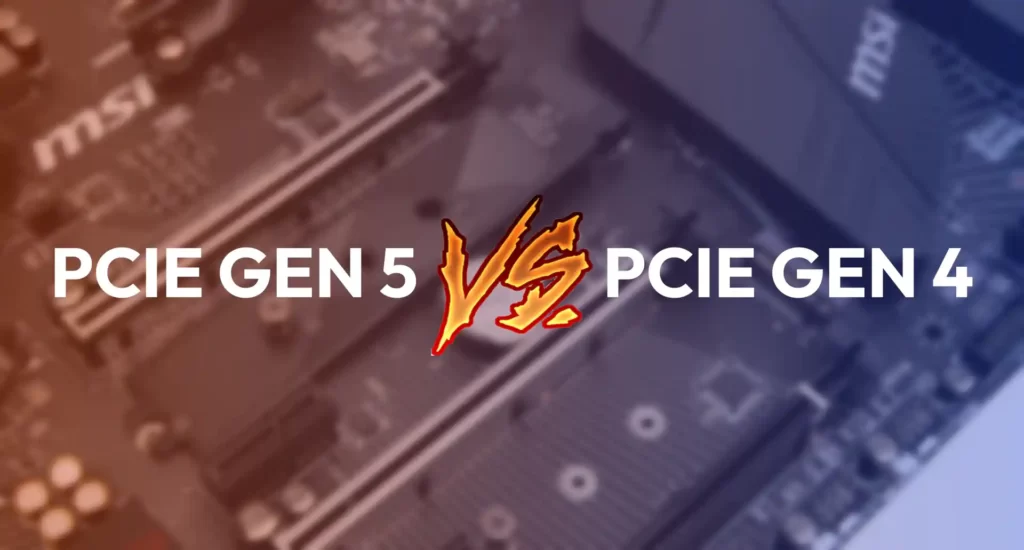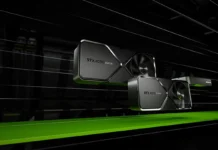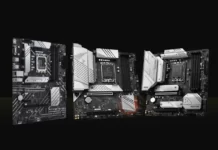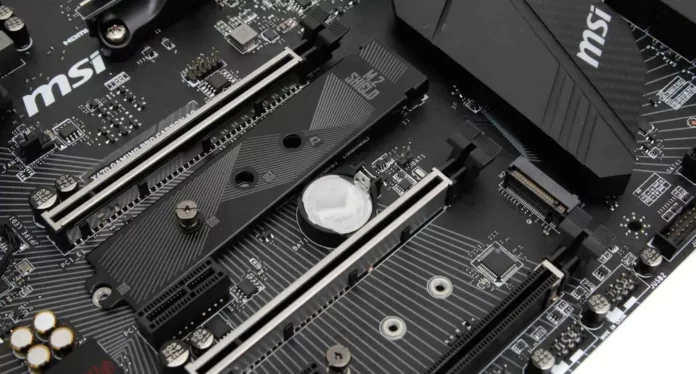The PCI Express, or PCIe, endures remaining a critical part of computing devices. PCIe, which stands for Peripheral Component Interconnect Express, is one of the two chief interconnects that allows you to connect various computer peripherals including GPUs, SSDs, capture cards, and add to your computing device. If you’ve ever constructed a PC before, you’ll identify the PCIe slots running horizontally across your mainboard. If you haven’t been possession track of PCIe progresses, then allow us to repeat to you that we’ve now enthused the fifth generation of PCI Express with the presentation of Intel’s new Alder Lake platform. But what is PCIe 5, and how is it different from Gen 4? Also, do you need to advance from PCIe Gen 4? Well, there’s a lot to unpack when it originates to PCI Express 5.0, so here’s everything you need to distinguish about the new standard.
What is PCI Express 5?
PCI express 5.0is essentially just an original standard of the PCI Express that brings a set of progressions over the last one i.e. PCIe 4.0. PCIe Gen 5 is the subsequent big thing for computer peripherals. You’re going to be hearing a lot of PCIe 5.0 in 2022 and yonder as Intel already has the Alder Lake platform to fund it. AMD’s imminent Ryzen 7000 series that’s said to reach before the end of 2022 will also support PCIe 5.0. The initial specification of PCIe 5.0 was proclaimed in 2017, but it was officially announced in May of 2019.
One of the main differences between each PCIe generation is speed and bandwidth. We’ve seen that with each transient generation and PCIe Gen 5 is also expected to bring enormous improvements in those departments. PCIe Gen 1 kicked belongings off with a bandwidth of 8 GB/s and a transfer rate of 2.5 GT/s (Liga transfer per second). With PCIe 5.0, we’re observing at transfer speeds that are as high as 32 GT/s and up to 128GB/s bandwidth over an x16 formation. This should give you an impression of how much the standard has evolved.
When it originates to PCIe 5.0 support on Intel Alder Lake, we’re looking at 64GB/s throughput across an x16 lane assembly. The high-end AlderLake-S chips support an x16 PCIe 5.0 connection along with an additional x4 PCIe 4.0 connection. Another thought-provoking problem that PCIe 5.0 is chosen to solve is one of the biggest problems with the current graphics cards — power delivery. That’s right, they’ll be able to source enough power for high-end graphics cards. The existing 8-pin connections can only supply up to 150W each. That’s why you need two or occasionally even three of those connectors. The original 16-pin PCIe 5.- connector, however, will be able to transport enough power.
The PCI-SIG conditions that each pin in the main block can support up to 9.2A. That adds up to 55.2A for the whole connector, with a maximum supported power load of 662.4W. And with tolerances, you finish up with 600W, which is adequate. We say satisfactorily because even the greatest demanding Nvidia GPU out there, the GeForce RTX 3090, tops out at 350W. We also have PCIe 5.0 reinforced PSU on the market now that comes with the updated 16-pin PCIe 5.0 power connector. We’re not entirely sure if the original connector will be a condition for PCIe 5.0 graphics guarantee, but we are confident it is because of how impenetrable and powerful it is.
PCIe Gen 5 vs PCIe Gen 4

PCI 4.0 is the current standard that’s supported by mainstream processors and motherboards out there. This is also why PCIe 4.0 devices are also readily available on the market. When it comes to speed and bandwidth, PCIe 4.0 is also quite impressive. Each generation of PCIe, as we mentioned earlier, is twice as fast, and doubles the bandwidth as the predecessor. While PCIe 3.0 had a data transfer rate of 8 Giga transfers per second, PCIe 4.0 transfers the data at 16GT/s. That changes once again with PCIe 5.0 as it now hits 32GT/s transfer speed
The PCIe 4.0 itself is pretty crazy when it comes to data rates, and it translates to some imposing speeds in real-world usage too. The finest M.2 NVMe PCIe 4.0 SSDs, for example, have transfer speeds of up to 7,000MB/s, which is unbelievable. And to think that PCIe 5.0 will be twice as fast over a similar number of lanes is quite astonishing, to say the least. So, should you be promoted to PCIe 5 if you are already on PCIe 4.0? Well, there are many custom cases in which the PCIe 5.0 standard may prove to be tremendously useful. Even if a particular device doesn’t want any more speed benefits, it can still enormously benefit from having to use fewer lanes, or merely having more bandwidth. This is factual for a lot of together consumers as well as professional use cases. That being said, we don’t think the entrance of PCIe 5.0 is going to render your PCIe 4.0 computer peripheral useless.
We approximately that because PCIe 3.0 peripherals are still alive and kicking. We think a ratio of the PCIe 3.0 peripherals will be thriving for at least of couple years. So it’s safe to say that there will be no instant obligation to upgrade to PCIe 5.0 except you want to experience the best, of course. Even the most powerful graphics card out there, the GeForce RTX 3090, only achieves to saturate a PCIe 4 x16 connection. We’ll certainly be nearsighted some well-matched GPUs and intense fast SSDs but they’ll be obtainable in incomplete quantities and will also be quite luxurious.
Outside of the customer space, however, PCIe Gen 5 will have some major advantages. We imagine the new standard to be a significant part of the data centers. They’ll show a huge role in enabling high-speed networking for communiqué. PCIe 5 x16 link can easily grip a 400GbE schmoosing connection, which will be an enormous transition for numerous.
PCIe Gen 5 Release Date
PCI Express 5 standard, as we stated earlier, has already been released. The requisites for PCIe Gen 5 were officially proclaimed back in 2019. As for the well-matched peripherals, they’re expected to succeed the shelves later this year. As of now, only Intel’s innovative Alder Lake CPUs and well-matched motherboards have PCIe 5.0 support. AMD’s imminent 7000 series processors will also bring PCIe 5.0 provision later this year and that’s when we expect more consumer-grade PCIe Gen 5 peripherals to hit the market.






























